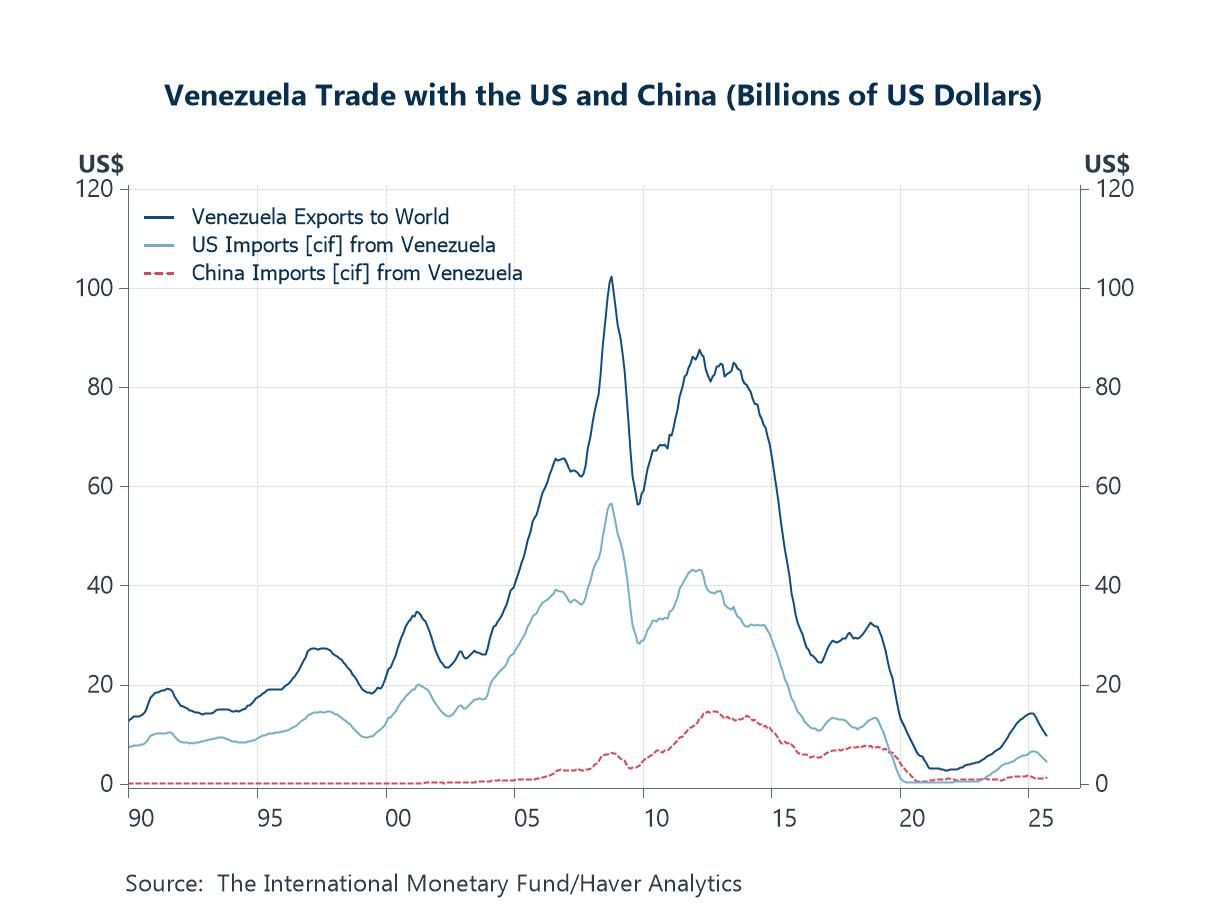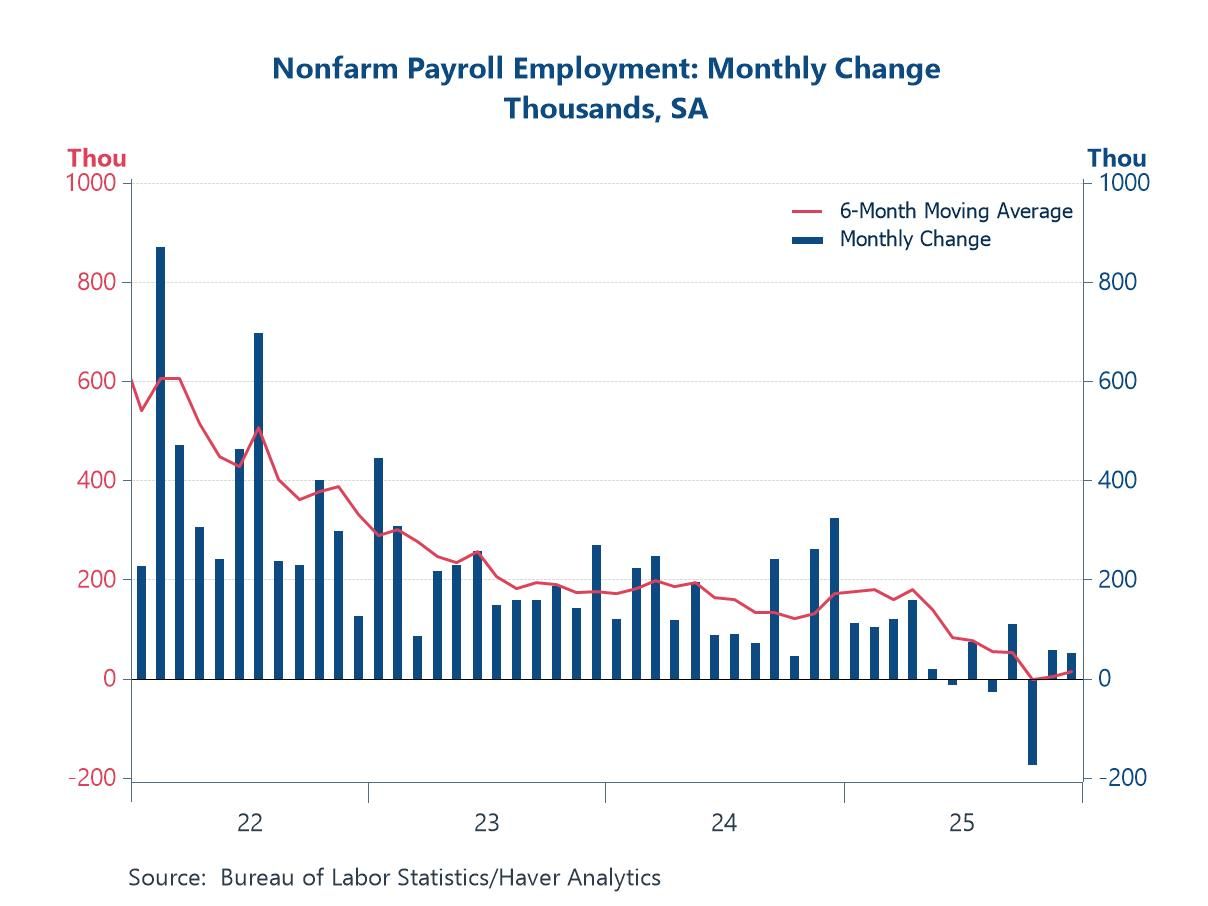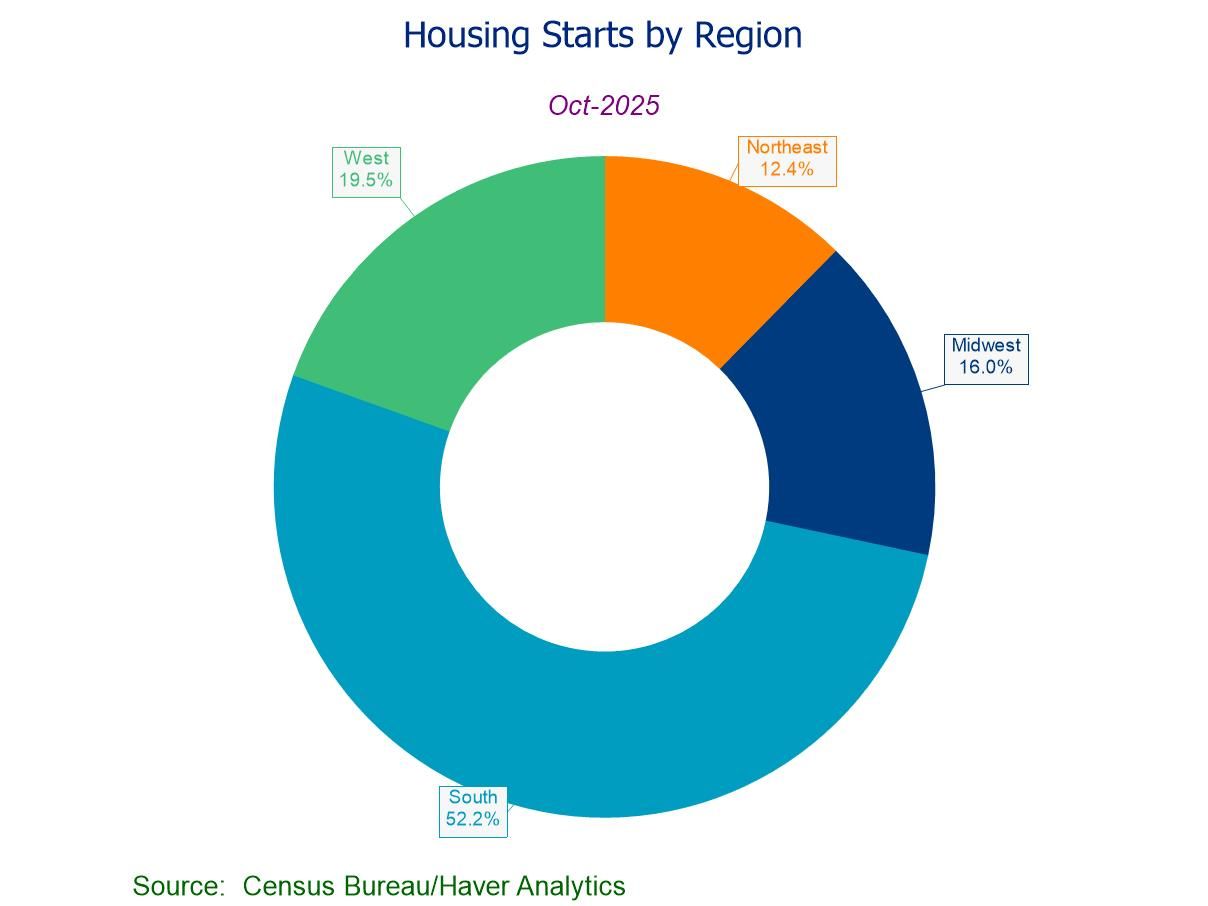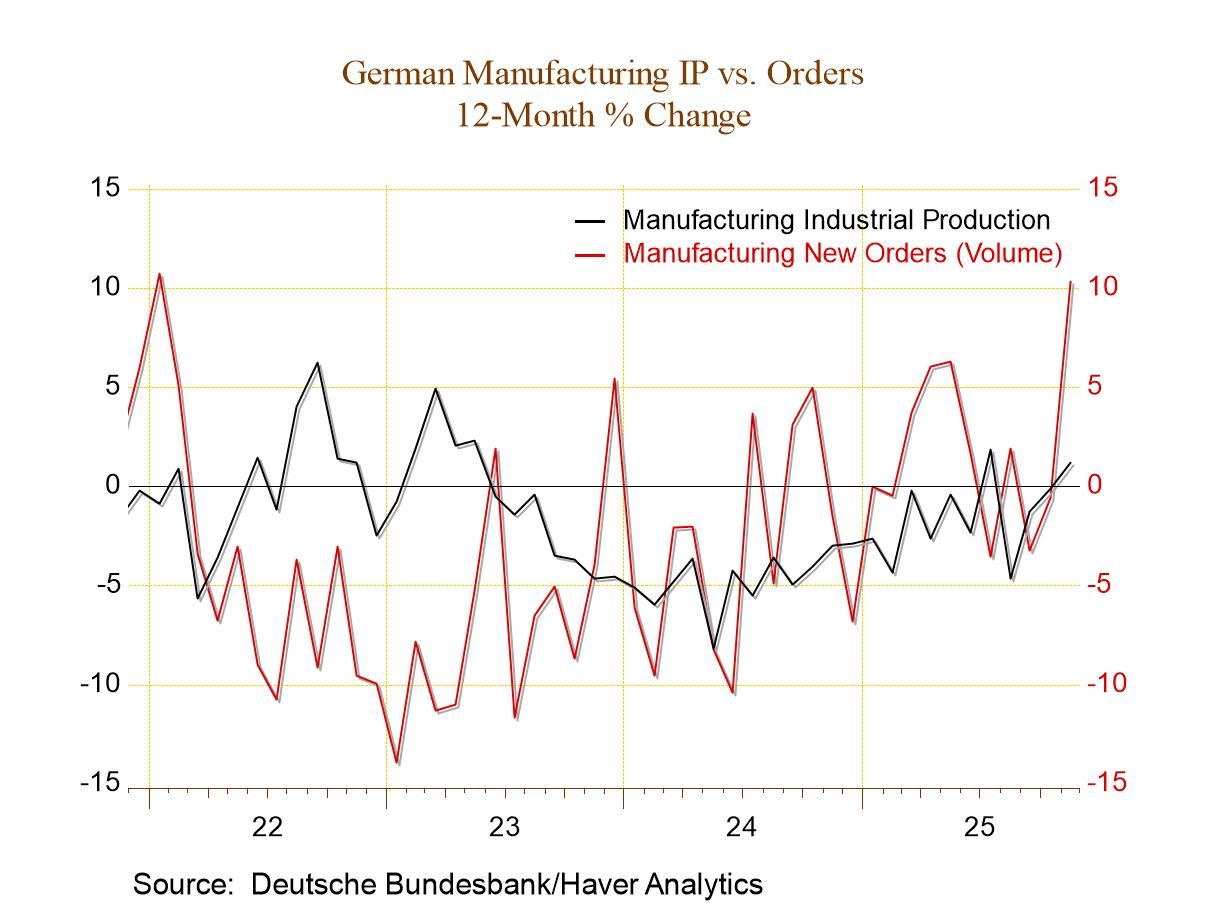 Asia| Mar 25 2024
Asia| Mar 25 2024Economic Letter From Asia: Rate Decisions
In this week's letter, we delve into the recent wave of rate decisions enacted by central banks across the region. We begin by examining the Bank of Japan’s (BoJ) latest policy shifts, highlighting its significant move to terminate its negative interest rate policy. We then explore financial market responses to the BoJ’s decision, discussing possible drivers behind the subsequent weakness of the yen and declines in Japanese government bond (JGB) yields. We move next to review interest rate developments in China, where loan prime rates (LPR) were left unchanged. We then shift our focus to the economies of Australia and New Zealand, where we examine the change in messaging by the Reserve Bank of Australia (RBA) and disappointing Q4 GDP results in New Zealand. Finally, we wrap up the week’s letter with a nod to interest rate decisions in Taiwan and Indonesia.
Recent events speak to the varied stages of monetary policy implemented by central banks in the region, given respective domestic considerations. China continues to pursue an easing approach with economic stabilization looking only nascent, whereas Japan has only recently initiated policy tightening due to encouraging wage growth. Australia and New Zealand, having seemingly completed their tightening cycles, now face increasing pressures to consider easing moves given recent weak economic readings, although with inflation a persisting concern.
Policy shifts by the Bank of Japan Recent headlines have shed light on some subtle yet significant aspects of the Bank of Japan’s (BoJ) departure from its negative interest rate policy. In a notable shift, the BoJ has now set its sights on targeting the uncollateralized overnight call rate to lie between 0% and 0.1% (chart 1). This objective will be accomplished by imposing an interest rate of 0.1% on the current account balances that financial institutions maintain with the bank, starting March 21. Previously, the BoJ aimed at a rate of -0.1% on financial institutions' Policy-Rate Balances. Governor Ueda highlighted that this move signifies the bank's return to a "normal" monetary policy that focuses on short-term interest rates, aligning with practices of other central banks. Additionally, the BoJ has terminated its Yield Curve Control (YCC) policy and announced the cessation of its purchases of exchange-traded funds (ETFs) and Japan real estate investment trusts (J-REITs). Furthermore, the bank intends to gradually conclude its buying of commercial paper and corporate bonds over the coming year.
Chart 1: Bank of Japan’s short-term target rates

Market reactions to BoJ shifts The yen weakened and Japanese government bond yields fell following the BoJ’s decision. Those moves were perhaps a combination of some unpricing of event risk and a re-jigging of expectations incorporating the extent of the BoJ’s policy shift. On the prospective path of BoJ policy, Governor Ueda mentioned after the meeting that the bank will “proceed slowly” on additional rate hikes. Looking ahead, there seems to be little impetus – at least for now – for a substantive appreciation of the yen or a flare-up in JGB yields.
Chart 2: The yen and Japanese government bond yields

Updates from China Moving on to interest rate developments outside of Japan, Chinese banks left the one-year and five-year LPRs (loan prime rates) unchanged at 3.45% and 3.95% respectively. This follows the People’s Bank of China’s (PBoC) decision to keep the 1-year medium-term lending facility rate unchanged at 2.5% in March. Beyond interest rates, PBoC Deputy Governor Xuan recently mentioned that China still has room for additional cuts to its Reserve Requirement Ratio (RRR). Chinese banks stand to benefit from increased liquidity should additional RRR cuts be enacted. Xuan also mentioned that decreasing deposit costs and monetary policy shifts in major economies will help broaden the “autonomy” of interest rate policies. These developments come amidst preliminary indications that China’s economy is starting to stabilize, following a slew of consensus-beating data releases last week.
Chart 3: China’s policy rates

Happenings in Australia Moving to other parts of the Asia Pacific, the RBA decided to leave its cash rate target unchanged at 4.35%, as largely expected (chart 4). This decision suggests that the central bank might temporarily halt further rate increases, a stance inferred from the nuanced language in its most recent policy announcement. The RBA now states that it is "not ruling anything in or out," a departure from its February communication, which stated that "a further increase in interest rates cannot be ruled out." Despite this, inflation in Australia, while on a downward trajectory, still remains relatively high, registering at 3.4% y/y in January. Therefore, any resurgence in upward price pressures could prompt the central bank to reconsider a more hawkish approach. Conversely, several factors, including decelerating economic growth and subdued household consumption, might compel the RBA to exercise caution before implementing additional monetary tightening.
Chart 4: Monetary policy and inflation in Australia

New Zealand GDP Looking further East, the situation remains downbeat in New Zealand, as it unexpectedly entered its second technical recession in just six quarters. New Zealand’s GDP fell -0.1% q/q in Q4, following a 0.3% decline in Q3. The output contraction comes as the New Zealand’s central bank (RBNZ) has held its policy rate at post-financial crisis highs, grappling with high immigration and sticky core inflation. It now remains to be seen if the RBNZ can refrain from policy rate cuts until 2025, as it indicated in February, should New Zealand’s economic weakness persist.
Chart 5: New Zealand GDP growth and RBNZ policy rate

More rate decisions Touching more on rate decisions, we also saw announcements from the central banks of Taiwan and Indonesia last week (see chart 6). In a surprise move, Taiwan’s central bank raised its policy rate to 2%, the highest level in about 16 years, from 1.875%. The central bank also upgraded its GDP growth forecast for 2024 slightly, to 3.22% from the 3.12% prediction made in December. Additionally, the central bank now sees higher inflation of 2.16% for the year, compared to the 1.89% expected previously. In contrast, Bank Indonesia as expected held the 7-day reverse repo rate steady at 6%. The central bank also expressed confidence that inflation will remain within its target corridor this year.
Chart 6: Monetary policy rates in Indonesia and Taiwan

Tian Yong Woon
AuthorMore in Author Profile »Tian Yong joined Haver Analytics as an Economist in 2023. Previously, Tian Yong worked as an Economist with Deutsche Bank, covering Emerging Asian economies while also writing on thematic issues within the broader Asia region. Prior to his work with Deutsche Bank, he worked as an Economic Analyst with the International Monetary Fund, where he contributed to Article IV consultations with Singapore and Malaysia, and to the regular surveillance of financial stability issues in the Asia Pacific region.
Tian Yong holds a Master of Science in Quantitative Finance from the Singapore Management University, and a Bachelor of Science in Banking and Finance from the University of London.






